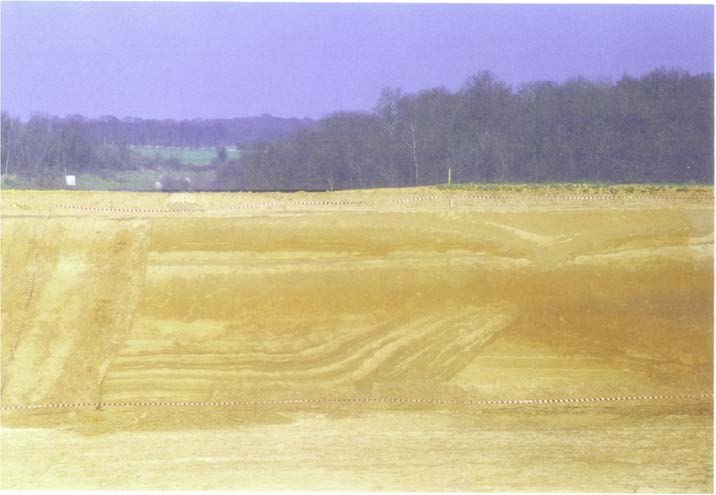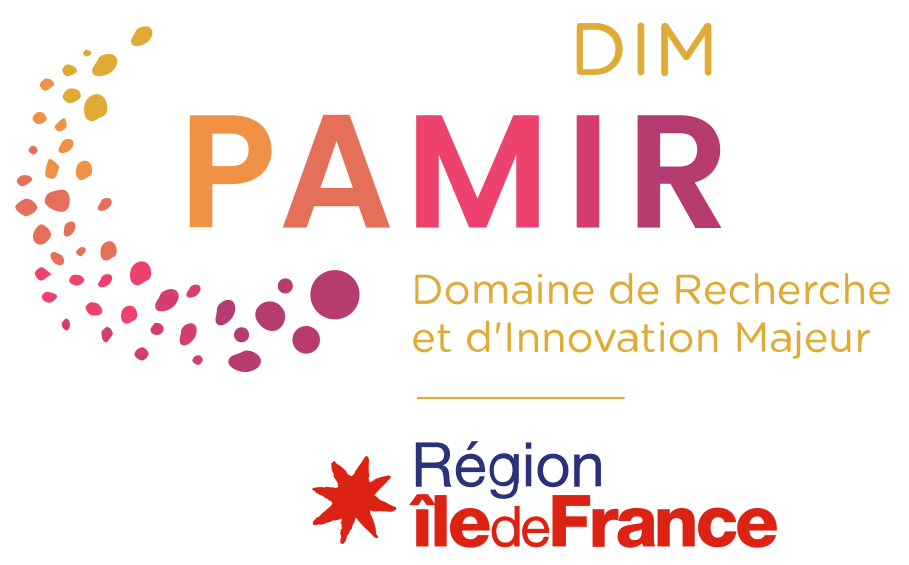
RÉWE
Comparative reconstruction of the Weichselian and Upper Saalian Ecosystems in western and southern Europe
Scientific responsibility :
- Christine Hatté
- Caroline Gauthier
Methodological axes :
Thematic fields :
Disciplinary sectors :
Partnership :
Funding :
- DIM PAMIR
Project ID : IDF-DIM-PAMIR-2024-9-015
Summary :
The last two terrestrial glacial period, the Upper Saalian (MIS 6) and the Weichselian (MIS 4- 2), coincide with crucial moments in human evolution, with the need to adapt to declining resources. In Europe, bioclimatic approaches (palynology, malacology, etc.) have revealed major transformations in vegetation, notably the reduction of boreal and temperate forests in favor of more open landscapes. However, these two glacial periods are not documented with the same precision: continental Saalian archives are less accessible and offer lower temporal resolution, which has hampered comparative studies on the impact of these two glaciations. The study of loess sequences makes up for this shortcoming.
This project will exploit organic isotope data (d13Corg) from three European loess sequences: Saint-Pierre-lès-Elbeuf (Normandy), Villiers-Adam (Île-de-France) and Harletz (Bulgaria). The d13Corg signal reflects the response of vegetation to climate change, and its deconvolution by inverse modelling enables paleoprecipitation to be reconstructed. Studies on various loess proxies, including the d13Corg, have shown that every global climatic improvement in the Weichselian (interstadial) is echoed in regional climates, recorded by ecosystems. However, d13Corg analysis has not yet been carried out for older periods such as the Upper Saalian.
The master student’s work will be to study the isotopic signals of the three sequences, reconstruct paleoprecipitation, compare the paleoenvironmental indices obtained with other available proxies (sedimentology, malacology, magnetism), place these results in a continental paleoclimatic context, and put forward hypotheses on the processes underlying Saalian and Weichselian climatic fluctuations. He/she will thus develop solid skills in the interpretation of isotopic signals and continental paleoclimatology.
This project will exploit organic isotope data (d13Corg) from three European loess sequences: Saint-Pierre-lès-Elbeuf (Normandy), Villiers-Adam (Île-de-France) and Harletz (Bulgaria). The d13Corg signal reflects the response of vegetation to climate change, and its deconvolution by inverse modelling enables paleoprecipitation to be reconstructed. Studies on various loess proxies, including the d13Corg, have shown that every global climatic improvement in the Weichselian (interstadial) is echoed in regional climates, recorded by ecosystems. However, d13Corg analysis has not yet been carried out for older periods such as the Upper Saalian.
The master student’s work will be to study the isotopic signals of the three sequences, reconstruct paleoprecipitation, compare the paleoenvironmental indices obtained with other available proxies (sedimentology, malacology, magnetism), place these results in a continental paleoclimatic context, and put forward hypotheses on the processes underlying Saalian and Weichselian climatic fluctuations. He/she will thus develop solid skills in the interpretation of isotopic signals and continental paleoclimatology.
Intern: Rossella Conti

